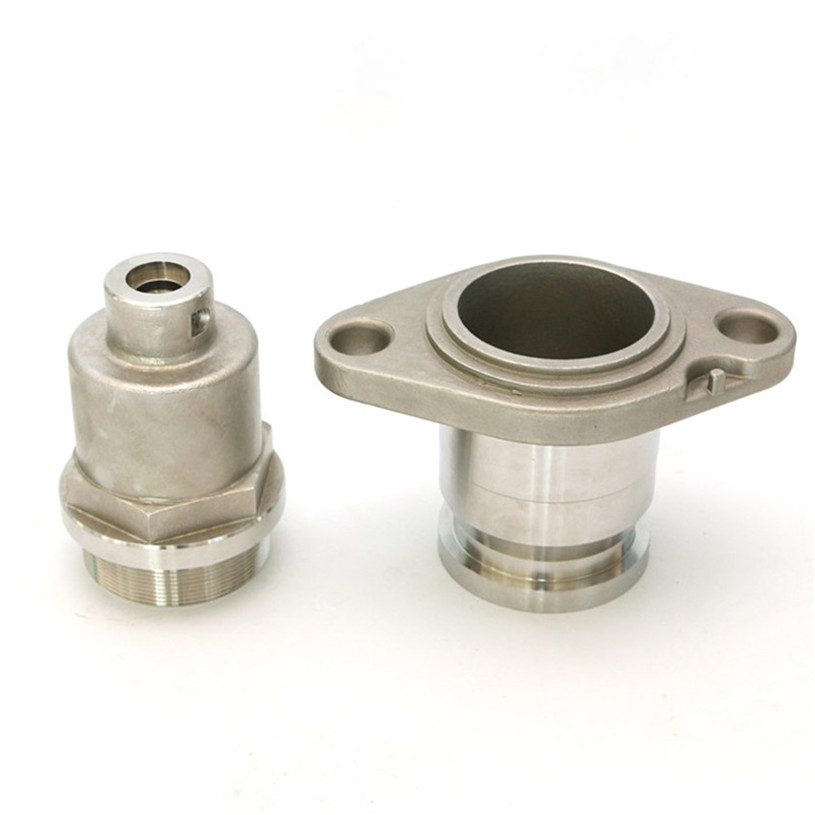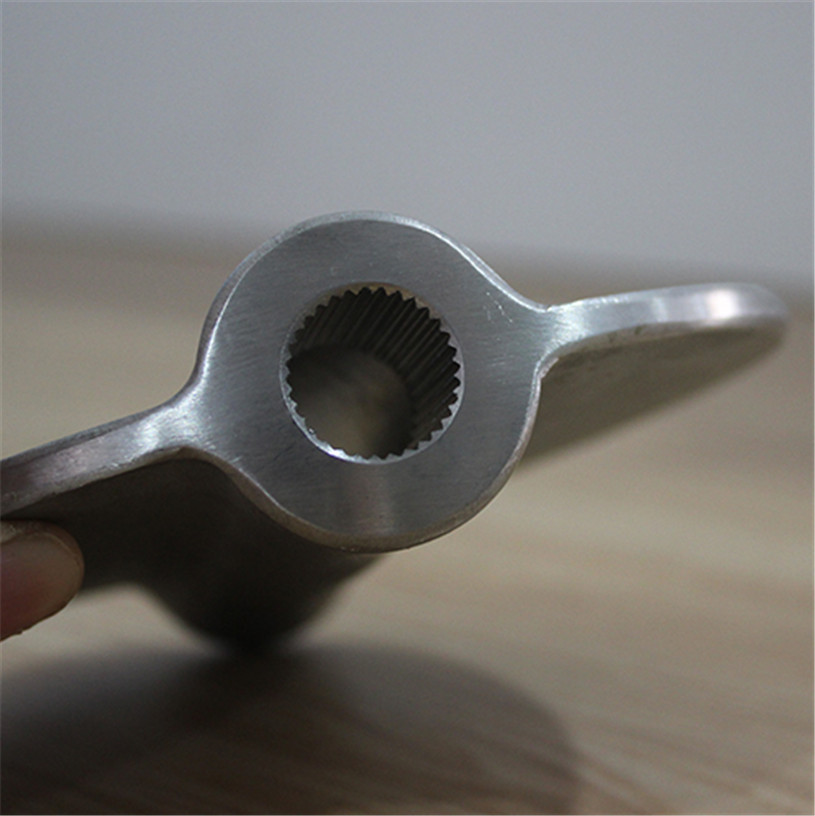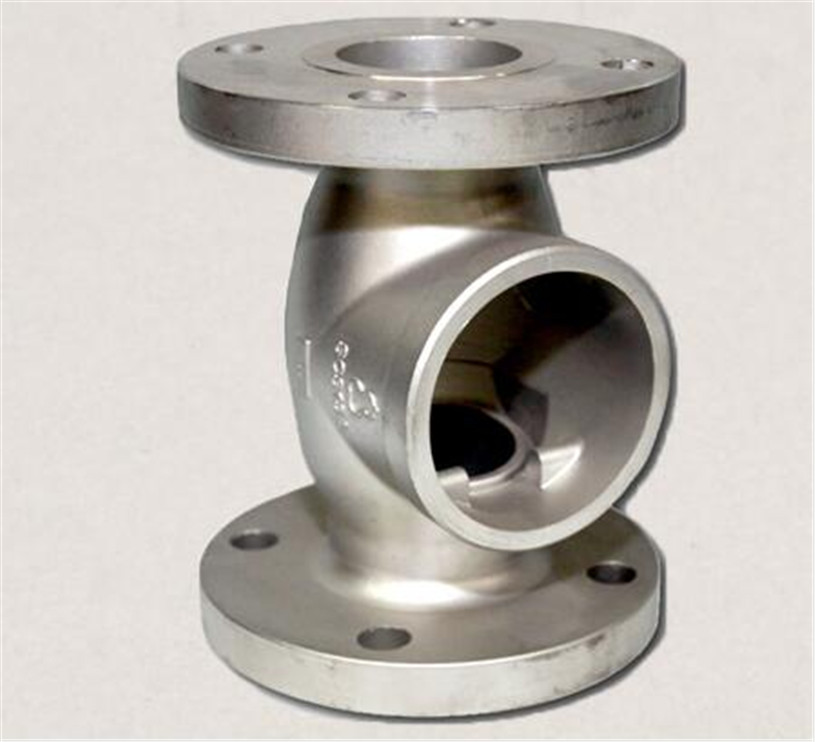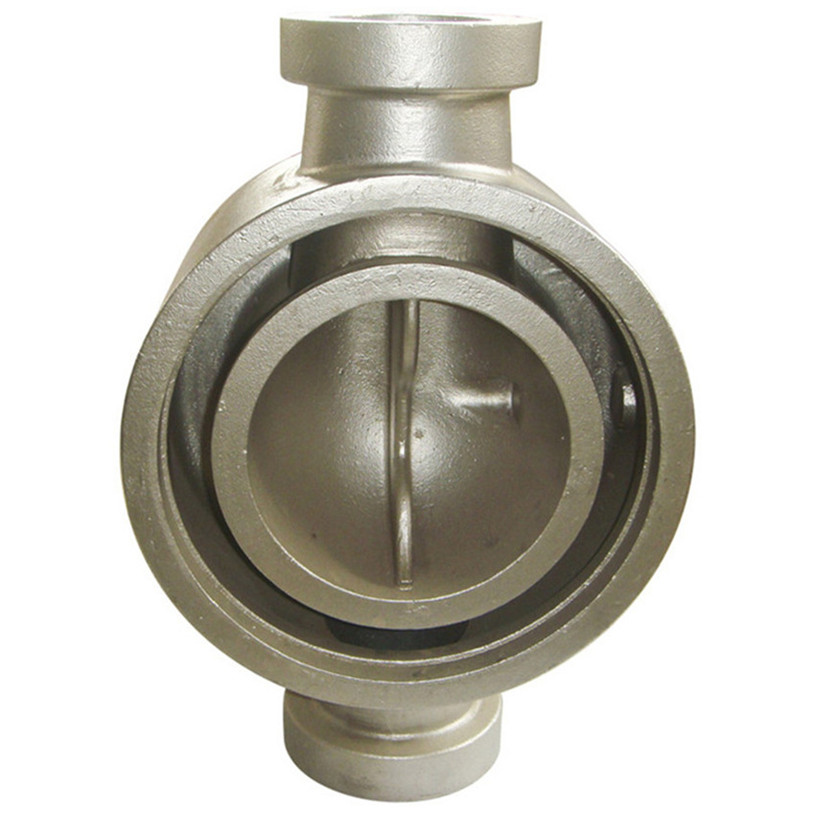




In the realm of modern industrial manufacturing, the demand for components with intricate geometries, superior surface finishes, and excellent mechanical properties has steadily increased. This escalating requirement positions investment casting as a cornerstone technology. Also known as lost-wax casting, this precision method excels in producing parts that are near-net-shape, significantly reducing the need for extensive post-casting machining. Its ability to handle a vast array of ferrous and non-ferrous alloys makes it indispensable across diverse sectors, from aerospace to medical, ensuring the production of complex components with unparalleled accuracy and consistency.
The historical roots of this casting technique date back thousands of years, yet its evolution through modern engineering has transformed it into a highly sophisticated process capable of meeting today's rigorous industrial standards. This technique is particularly valued for its capacity to produce parts with thin walls, fine details, and complex internal passageways that would be challenging or impossible to achieve with other manufacturing methods. For B2B clients, understanding the foundational principles and advantages of this precision manufacturing process is crucial for optimizing product design, material selection, and overall production efficiency.

The manufacturing process for investment casting is a multi-step sequence that demands precision at every stage, ensuring the final product meets stringent quality and dimensional requirements. It typically begins with the creation of a wax pattern, which is an exact replica of the desired metal component, including all intricate details. This pattern is often produced via injection molding, allowing for high repeatability and accuracy. Multiple wax patterns are then assembled onto a central wax sprue, forming a "tree" structure, which will serve as the gateway for molten metal.
The choice of material, such as various grades of stainless steel, brass, or aluminum, directly influences the component's performance characteristics. This adaptability, combined with rigorous inspection standards like ISO 9001 and ANSI, ensures that each product, particularly our Stainless Steel investment casting for machinery parts, meets the highest industry benchmarks for quality, dimensional accuracy, and structural integrity, guaranteeing an extended service life in demanding applications.

The technical parameters of investment castings are critical determinants of their performance and suitability for various applications. Key specifications typically include dimensional tolerances, surface finish, and mechanical properties. Investment casting inherently offers tighter tolerances than other casting methods, often achieving ±0.005 inches per inch, which significantly reduces or eliminates the need for subsequent machining. Surface finishes can range from Ra 63 to 125 micro-inches (1.6 to 3.2 µm), providing an aesthetically pleasing and functional surface directly from the mold.
| Parameter | Typical Range for Investment Casting | Benefit |
|---|---|---|
| Dimensional Tolerance | ±0.005 in/in (0.13 mm/25.4mm) | High precision, minimizes secondary operations |
| Surface Finish (Ra) | 63-125 micro-inches (1.6-3.2 µm) | Excellent surface quality, reduced finishing costs |
| Minimum Wall Thickness | 0.040 inches (1.0 mm) | Enables lightweight, intricate designs |
| Material Hardness (e.g., Stainless Steel) | 187-217 HB for SS 304, higher for other alloys | Tailored mechanical strength and wear resistance |
Adherence to recognized international standards, such as ISO 9001 for quality management systems and various ASTM (American Society for Testing and Materials) standards for specific materials and testing procedures, is fundamental. These certifications ensure that the products, including those used in demanding sectors like petrochemical and metallurgy, meet stringent performance benchmarks. For instance, components for fluid handling, such as those in water supply and drainage systems, require precise dimensions and material integrity to ensure energy efficiency and long-term corrosion resistance.

The versatility and precision inherent in the investment casting process make it an invaluable method across an expansive range of industries. Its unique capability to produce complex, near-net-shape components with exceptional surface finishes minimizes material waste and the need for costly secondary machining operations. This translates directly into cost savings and improved manufacturing efficiency for B2B clients. Furthermore, the process excels in creating parts with thin walls and intricate internal structures, critical for applications requiring lightweight designs or optimized fluid dynamics, for instance, in energy-efficient systems.
The inherent strength and integrity of parts produced through investment casting ensure exceptional durability and performance in the most challenging industrial environments. This process provides a reliable solution for designing and producing parts that offer superior resistance to wear, corrosion, and heat, resulting in extended service life and reduced maintenance costs for end-users.

Selecting a reliable partner for your investment casting needs is paramount, especially when considering specialized materials such as china brass investment casting or china aluminum investment casting. A leading manufacturer should not only offer a competitive investment castings pricelist but also demonstrate profound technical expertise, stringent quality control, and a proven track record. This includes comprehensive design for manufacturability (DFM) support, a wide range of material capabilities, and a deep understanding of industry-specific requirements. The ability to customize solutions and provide robust engineering support from concept to completion differentiates true industry leaders.
| Feature | Benefit to Client | Our Approach |
|---|---|---|
| Material Versatility & Expertise | Access to a broad range of alloys suitable for diverse applications and demanding environments. | Specialization in Stainless Steel investment casting, with capabilities in brass, aluminum, and other high-performance alloys. |
| Quality Certifications & Control | Guarantees consistent product quality, reliability, and adherence to international standards. | ISO 9001 certified, employing advanced inspection tools and methodologies throughout production. |
| Customization & Engineering Support | Tailored solutions for unique project requirements, optimizing design for manufacturability. | Dedicated engineering team provides DFM and prototyping, ensuring optimal cost and performance. |
| Delivery & Logistics | Reliable supply chain management and on-time delivery to minimize downtime and project delays. | Streamlined production processes and robust logistics ensure efficient global distribution. |
Our commitment to precision and performance is evident in our extensive experience providing high-quality Stainless Steel investment casting for intricate machinery parts. We focus on delivering not just components, but comprehensive, integrated solutions that meet the stringent demands of global B2B clients, ensuring long-term partnerships built on trust and mutual success.

In the B2B landscape, the foundation of any successful partnership is trust, particularly when dealing with mission-critical components manufactured via investment casting. Our dedication to client satisfaction is reflected in our robust quality assurance protocols, transparent communication, and unwavering commitment to reliable delivery. We understand that timely and consistent product performance is essential for our clients' operational continuity and supply chain integrity. Our processes are designed to provide complete visibility, from initial design review to final inspection and shipment.
A: Lead times vary depending on part complexity, material choice, and order volume. Generally, tooling development requires 4-6 weeks. After tooling is approved, initial samples are typically produced within 2-3 weeks. Full production runs usually commence 4-8 weeks following sample approval.
A: We strictly adhere to ISO 9001 quality management standards. Our quality control encompasses raw material inspection, in-process dimensional checks using CMM (Coordinate Measuring Machine), non-destructive testing (NDT) such as X-ray and liquid penetrant inspection, and final mechanical and chemical property verification before shipment.
A: Absolutely. Our experienced engineering team offers comprehensive Design for Manufacturability (DFM) services. We collaborate closely with clients to optimize designs for the investment casting process, ensuring cost-effectiveness, peak performance, and efficient production from the outset.
Warranty and Customer Support: All our investment casting products are backed by a comprehensive warranty against manufacturing defects, providing our clients with complete peace of mind. Our dedicated customer support team is readily available to address any technical inquiries, offer post-sales assistance, and ensure a seamless experience throughout the product lifecycle. This steadfast commitment underlines our dedication to fostering enduring client relationships.
The investment casting industry continues to be a vibrant and evolving sector, constantly pushed forward by innovations in materials science, automation technologies, and advanced simulation tools. Its intrinsic capability to produce highly complex, dimensionally accurate, and structurally robust components ensures its indispensable role across a multitude of critical industries. As global industrial demands for greater efficiency, lighter components, and enhanced performance continue to escalate, the significance of experienced and technically proficient investment casting manufacturers becomes ever more pronounced. Partnering with a specialist in this field ensures access to cutting-edge solutions that drive innovation and maintain a competitive edge in today's demanding market.